10 Mariana Trench Animals Never Seen Before
Description
10 Mariana Trench Animals Never Seen Before
If you're new, Subscribe! → http://goo.gl/djmfuX
For copyright queries or general inquiries please get in touch: [email protected]
Sources: https://pastebin.com/EdnJdhmX
Top 5 Best is the #1 place for all your heart warming stories about amazing people that will inspire you everyday. Make sure to subscribe and never miss a single video!
#viralstory #amazingpeople #top5best
10 Mariana Trench Animals Never Seen Before
Just when you thought you’ve seen every single creature on earth, we come up with something that will totally blow your mind. The Mariana trench is home to many creatures large and small, but every single one of them has something in common; and that is you’ve probably never seen them before.
Let’s go and meet them shall we? Here are 10 Mariana trench animals you’ve probably never seen before.
Number 10. The Atolla Jellyfish
This extremely rare deep sea jellyfish can be found in waters as deep as 1000 meters below the surface. They are also called the alarm jellyfish because these guys can produce their own light which flashes blue every time they feel threatened. These flashing lights resemble those of police sirens, hence their nickname.
Of course, a series of flashing lights wouldn’t be enough to scare away any potential predator, so scientists think that the atolla jellyfish actually uses these flashes to attract predators, rather than repel them. More specifically, predators that are right on top of the food chain. The idea is to attract these predators that don’t necessarily feed on them to scare off those predators that do.
This flashy defense works because of the lack of any visible light at those depths. So any flash of light will sure attract any denizen of the deep that’s on the look out for an easy meal.
Number 9. The Frilled Shark
The frilled shark is a strange, prehistoric-looking shark that lives in the open ocean and spends much of its time in deep, dark waters far below the sea surface. Its long, cylindrical body reaches lengths of nearly 7 feet and its fins are placed far back on the body.
The frilled shark gets its name from the frilly appearance of its gill slits and because of its unusual appearance, they are often called “sea serpents”. They are active predators who prefer eating squids and may lunge at potential prey, swallowing it whole, even if it is quite large.
Their rows of long teeth each with three long points are perfect for snagging the soft bodies of this prey. It is believed that once its mouth caught something, there’s no way of escaping, well except down the shark’s throat, through the digestive system, and out the other end, no longer looking what it used to be.
Though they specialize on squids, frilled sharks are known to eat a variety of fishes and also other sharks. Information about them is still limited since they are rarely encountered on the wild so as with their ecology. So there’s still a lot to be discovered about them.
Number 8. The Lancetfish
With gaping fanged jaws, enormous eyes, a sail fin, and long, slithery body, lancetfish, makes it on the second most unusual fish in the ocean. These fishes are naked of scales with skin covered in pores and have a size of more than 7 feet long, getting the largest deep-sea fishes of all time record. One weird thing about these fish is that they are hermaphrodites, meaning they both have male and female sex organs. However, how they reproduce is still a complete mystery.
Their flesh is watery and gelatinous and generally not appetizing to humans. But, other large predators like sharks, tuna, and fur seals, are not so picky. They’re considered easy prey because they’re not fast swimmers.
And because they can’t swim very fast, scientists suspect lancetfish are ambush predators. They float quietly, camouflaged in the water until unsuspecting prey comes near enough to strike. NOAA scientists are looking at the stomach contents of lancetfish to understand their mysterious midwater food web. Food found in lancetfish stomachs is often found in a nearly pristine state, barely digested. So they speculate that lancetfish may eat as much as they can whenever they find food, then digest it later when they need it.
Number 7. The Barrel-eye Fish
Light is a rare and precious thing in the Marianas trench. The ability to detect even a glimmer of sunshine can mean the difference between catching a meal and being one. So creatures of the trench, like the barreleye fish, evolve unusual features to use shreds of light to their advantage.



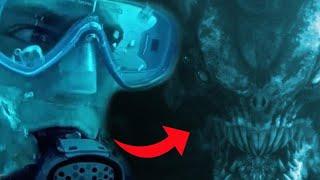
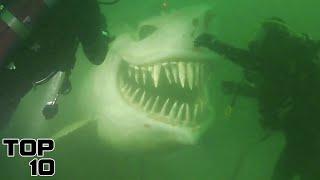

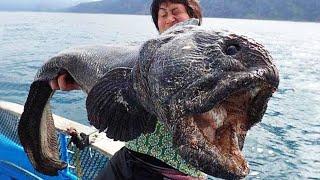


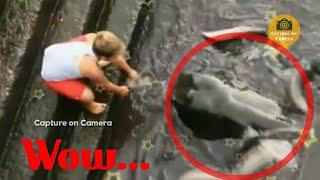
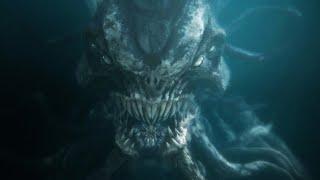

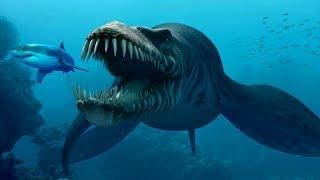

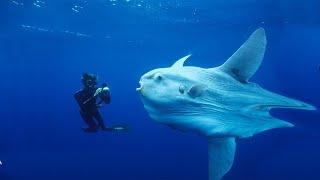






Comments